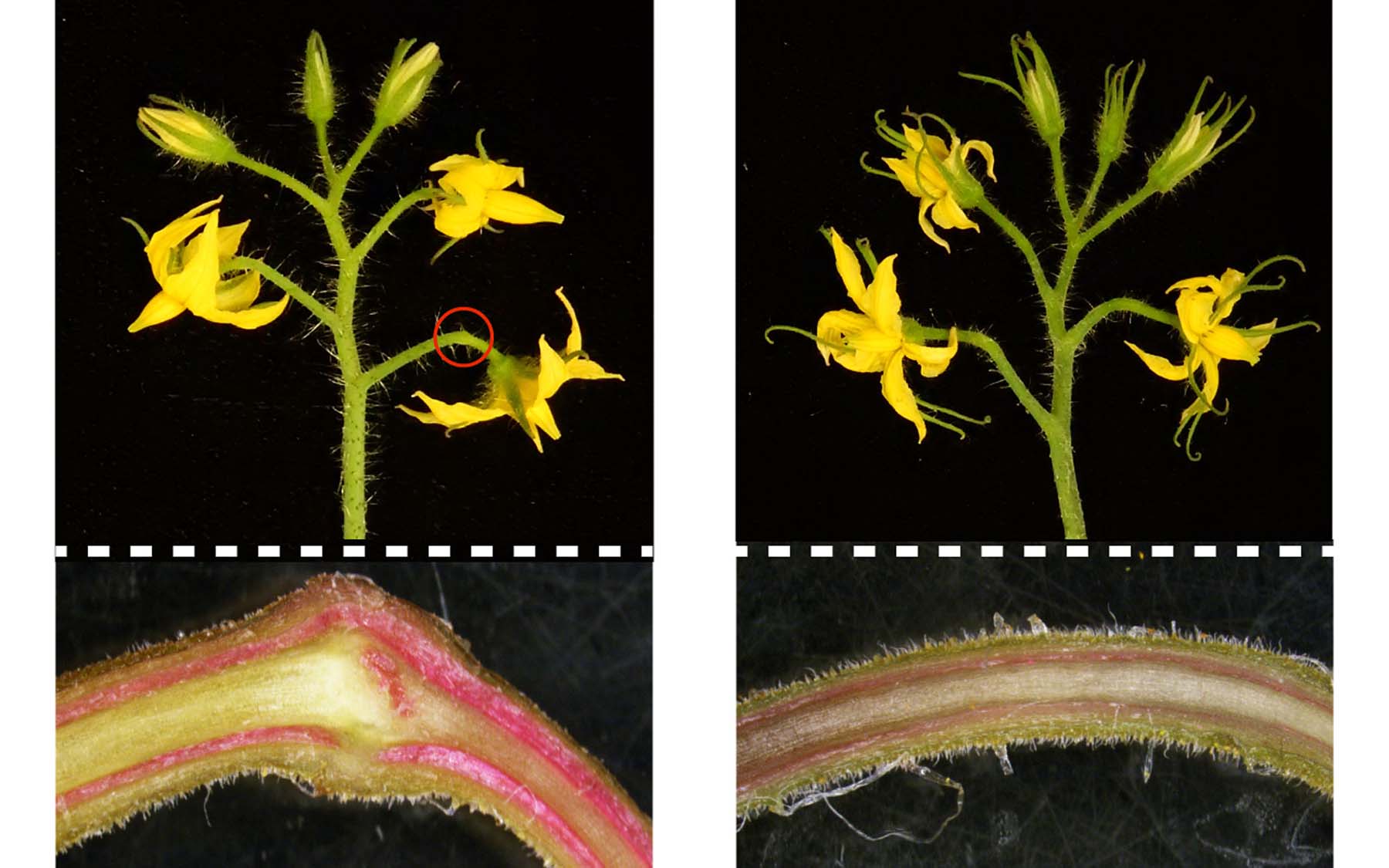Campbell’s soup changed tomatoes’ DNA and opened up a can of mystery
Genetic editing could theoretically help farmers grow the most delicious food. Using CRISPR technology, which allows scientists to cut and paste desired or unwanted traits, researchers could design ideal crops—great-tasting, nutritious, aesthetically beautiful, and better than anything previously known.


Genetic editing could theoretically help farmers grow the most delicious food. Using CRISPR technology, which allows scientists to cut and paste desired or unwanted traits, researchers could design ideal crops—great-tasting, nutritious, aesthetically beautiful, and better than anything previously known.
To do that, scientists need a better understanding of genetics. For all of the modern advances, genes remain something of a mystery. Experiments with selective breeding don’t always yield expected results, as a new study in Nature Plants shows. Researchers from Cold Spring Harbor Laboratory in New York just solved a decades-long mystery surrounding tomato plant mutations. They call it “a cautionary tale for crop gene editing.”
The perfect tomato to eat is red, plump, juicy, and bursting with flavor. When mass-produced, tomatoes also have to be easy to remove from the vine. That is why the Campbell Soup Company cultivated a variety with a genetic mutation more than a half century ago.

The one prized by Campbell is “jointless,” with no bend in the stem from the vine to the tomato. In the 1960s, the company’s growers noticed that a natural mutation in some plants yielded fruits that separated from the vine right where the green cap and stem touch. With the nubby stubs detached, the fruit was less likely to bruise and puncture in transit, making the jointless mutated tomatoes ideal for large-scale production. Growers, eager for convenience, soon introduced the jointless mutation, known as j2, into all kinds of tomato varieties.
There was a catch
The new plants branched and flowered much more than before, and importantly, yielded less fruit. The mutation didn’t function quite like the growers had hoped. It’s taken scientists and cultivators decades, plus the development of new gene editing technology, to figure out just what went wrong.
The new research reveals that an ancient gene mutation—an artifact of crop domestication more than 4,000 years old—had an unexpected interaction with j2. The desired mutation didn’t work as planned because there was another factor that cultivators couldn’t account for, leading to what scientists call “cryptic genetic variation.”
As Cold Spring Harbor genetics professor Zachary Lippman explains in a statement on the study, “On its own, the single mutation has no obvious effect on the health or the fitness or the vigor of the plant. But when another mutation happens along with it and there is a negative interaction, that’s the cryptic mutation revealing itself.”
Lippman argues that researchers trying to “perfect” crops must be wary, lest they assume nature will play by rules humans can discern. He warns, “If you have a particular gene that you want to use to improve a trait, for example, by gene editing, it may very well be that the outcome is not going to be what you expected.”
Yet mysteries can be solved
That’s not to say that gene editing crops should be avoided, however. Lippman and his colleagues found that Florida growers managed to get the jointless fruit they sought and grow high-yield plants by continually breeding their tomatoes to perfection. They ended up essentially erasing the effect of the cryptic mutation through trial and error, ultimately growing plants that were both jointless and fruitful.
Lippman sees this tale of the mysterious tomato mutations as evidence that nature provides unpredictable solutions and that humans can’t always accurately hypothesize what will happen when it messes with this mysterious force. Still, by better understanding cryptic mutations, scientists might avoid the experience that tomato growers had.
He and his team are now studying “the sea of mutations” to try to discern those that are likely cryptic so gene editing yields desired results, rather than just a slew of new issues. They’re hoping to make cryptic mutations less mysterious so that CRISPR is used to improve on nature and cultivation becomes less of a crap shoot.